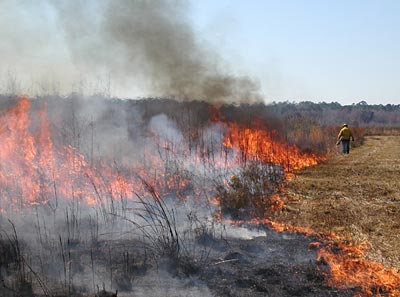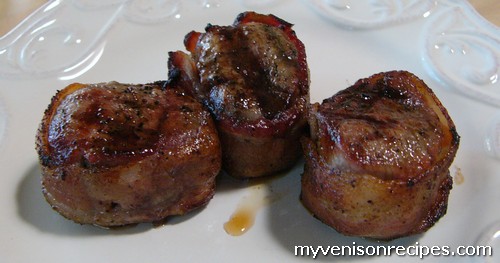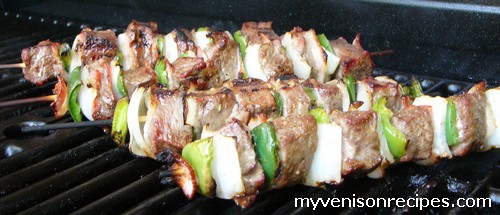There are many types of habitat management practices that can be effective for managing wildlife and developing better hunting, but fire, prescribed burning, is one of the most cost effective ways to manipulate habitat at a large scale. Landowners and wildlife managers have been using prescribed burning as an effective habitat management practice for quail, turkey and deer habitat improvement. It’s a good tool that every person interested in wildlife management should have in their box.
A prescribed burn workshop is accepting applications for participants interested in learning more about prescribed fire. The course teaches attendees how to use prescribed fire as a tool for habitat management. The participants will gain an understanding of fire effects and how to use fire in a safe manner to accomplish certain land and wildlife management objectives.

In addition, the course combines lecture, group discussion, teamwork, individual projects and field work to increase each student’s knowledge of fire weather, fire behavior, physical properties and characteristics of fuels, and the effects of fire on vegetation, wildlife and soils. Students will become aware of the risks associated with prescribed burning, including smoke risks and the risk of fire escape. Laws pertaining to the use of prescribed fire and their influence on a burn manager’s planning and decisions will be explained.
After completing the prescribed burning course, individuals should be able to recognize different fuel models important for rangeland burning. The student should have the ability to determine fuel load and reliably estimate live and dead fuel moisture, as well as fire rate of spread and flame length. Participants should have acquired an introductory knowledge of the use of fire equipment. Additionally, each student will have developed a fire prescription, addressing multiple variables, to meet specific land management objectives, and will have created a prescribed burn plan that includes the use of natural and artificial fire breaks.
This prescribed fire workshop meets the training requirements set forth by the Texas Prescribed Burning Board for the Certified Prescribed Burn Manager program. Five CEU’s/day are available for current Certified Burn Managers. Visit this site for more prescribed burning class information or registration info. If you are interested in long-term habitat management on your property, I would highly recommend taking a prescribed burning class at some time in the near future.



